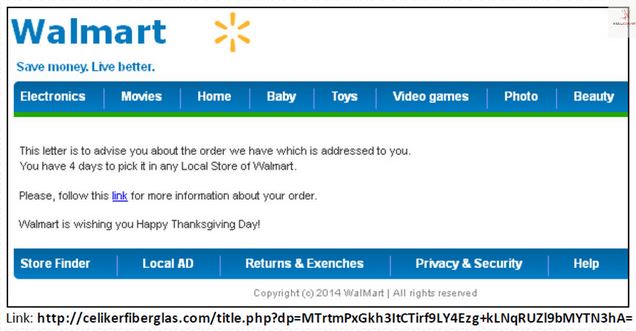A Breakup Letter to Bad Cybersecurity Habits (Featuring Makayla Sileo)
Cybersecurity habits are a lot like dating – you have to weed out the bad to make room for the good. As we approach National Cybersecurity Awareness Month and my busiest speaking season, my radically creative daughter Makayla (💜) wrote a series of Breakup Letters to all of the bad cybersecurity habits that lead to huge organizational losses and reputational damage. To help protect yourself and your business, here are a few Breakup Letter Beginnings (and my suggestions on how to change the relationship) to get you started:
Dear Guessable Passwords (Easy Love),
It’s not you, it’s me. I can’t keep blaming you for my mistakes. I was seduced by your simplicity, lured into a false sense of security. Plus, I just love using my puppy’s name as my passcode! You were predictable and I thought I wanted that. But in all honesty, I know now that I am the problem. Starting today, I will make the effort to create long and strong passwords using a password manager to keep cyber criminals out of the middle of our private data. My newfound confidence will end in better relationships for both of us. So long.
Dear Re-Used Passcodes (Predictable Love),
I feel like our relationship is lacking the spark it used to have. We both deserve better. I’m looking for a more complex interaction, one that challenges me. So I am leaving you, same-ol, same-ol passphrase, for two-step logins, which will keep even the craftiest of hackers out of the middle of my private relationships. Now that’s what I call a spicy upgrade! Au revoir.
Dear Phishing Links (Manipulative Love),
I was intrigued by all that you had to offer. I got lost in your charm and smooth ways. I should’ve listened to my gut that screamed “Bad news! Do not engage!” Your calls are the “u up?” texts that I can’t stop answering. You’ve found sneaky ways to get me to pick up and open up and then you use my vulnerabilities against me. I’m done playing your phishy little games. Starting today, I will only engage with links, attachments, and requests that I trust deeply and am expecting. Consider yourself off the hook!
Dear Free WiFi Hotspots (Convenient Love),
I thought you would always be there for me when I needed you most. I was a romantic once, assuming our connection was a safe one. I can see now that I deserve a partner I can trust over simple convenience. I’m ready to settle down with a soulmate who communicates in safe ways, like using the cellular data connection on our smartphones or demanding that we protect our interests by installing a Virtual Private Network (VPN) on all of our devices. Over and out, Hotty.
Dear Eavesdropping Smart Devices (Clingy Love),
I think it’s time I go out on my own. Your constant tracking and sharing of my every move and desire has crossed the line. Our connection–once filled with convenience–has become suffocating and invasive. I am reclaiming my freedom. Am I scared to find my way in a world without you? Yes. But I know I am safer navigating life on my own than being stalked by you. Going forward, I promise to actually be smart about how I connect smart devices to the Internet, to change my privacy and security defaults and to limit location and behavior sharing on devices like my smartphone. This, my love, is where I go dark. Night, night.
Dear Gratuitous Social Media Sharing (PDA Love),
Enough with the public displays of affection. I don’t want the general public knowing every detail of my personal life. It’s become too unsettling knowing that nothing is private anymore. If I want to share my triumphs and defeats, I will communicate with you directly, via text, email, or private DMs. You deserve my full integrity, so I am limiting what I share. Duck face no more.
Dear Neglected Software Updates (Missed Love),
Our relationship has been a rollercoaster of missed opportunities. You–with your security patches and bug fixes–always doing your best to make my life better, while I foolishly ignored your messages. I should’ve known you were there the whole time. Please give me a second chance… I promise to upgrade my software every chance I get from today forward. Because our relationship is all about growth and evolution. Please take me back.
___________________________
Looking for a creative way to engage your audience to care more about cybersecurity and breakup with their bad cybersecurity habits? Call us directly to learn how John will humorously update your crowd on the latest cyber threats and simple solutions. Call 303.777.3221 or fill out our Contact Form to connect with Sue Bob Dean (yes, that’s a joke), John’s business manager extraordinaire.
John Sileo is a Hall of Fame Keynote Speaker who educates audiences on how cybersecurity has evolved and how they can remain ahead of trends in cybercrime. He is proud to have spoken at the Pentagon and Amazon, written four books on cybersecurity, and been inducted into the National Speakers Hall of Fame. He has appeared on 60 Minutes, NBC, ABC, Fox, CNN, Rachael Ray, and Anderson Cooper. John’s work has been quoted and published in The Wall Street Journal, The Washington Post, USA Today, and Kiplinger’s. But John is most proud of being an unforgiving helicopter dad to his two daughters, Sophie and Makayla.







